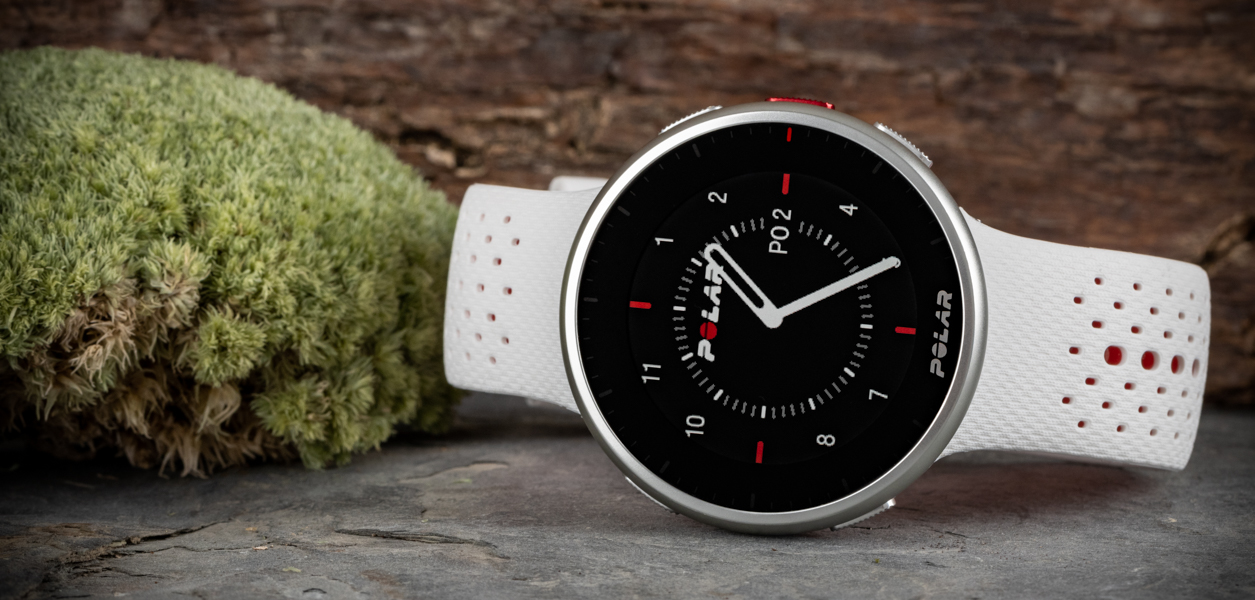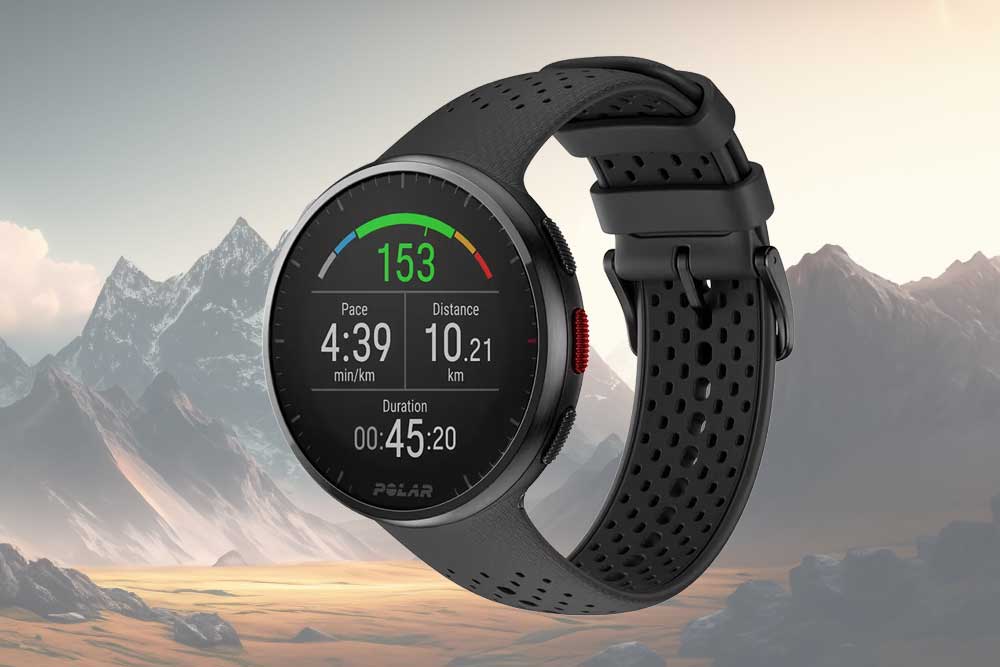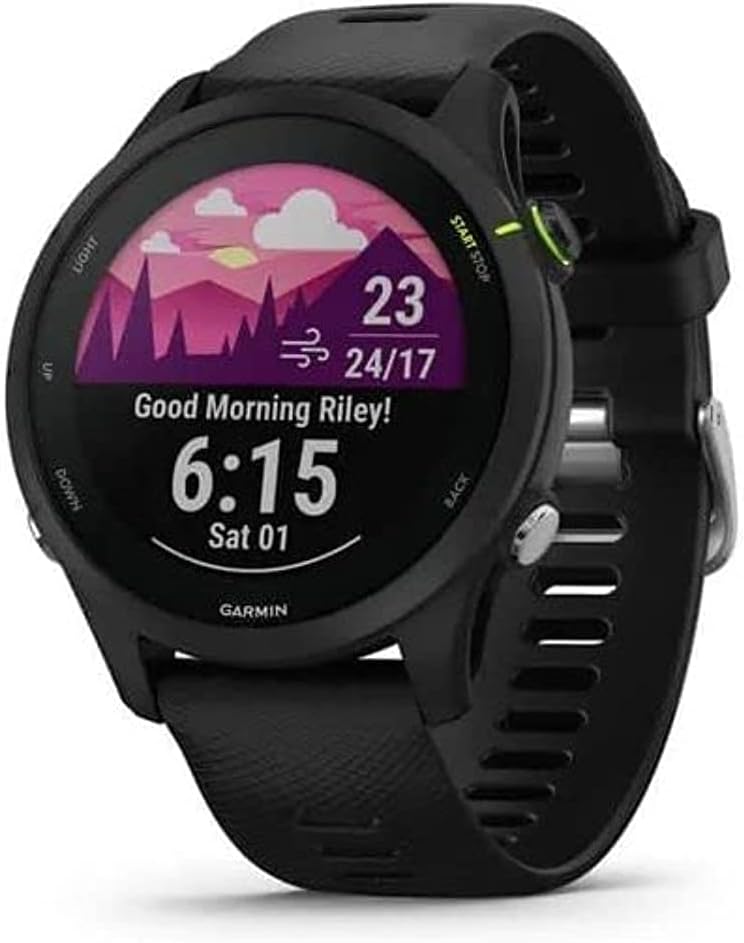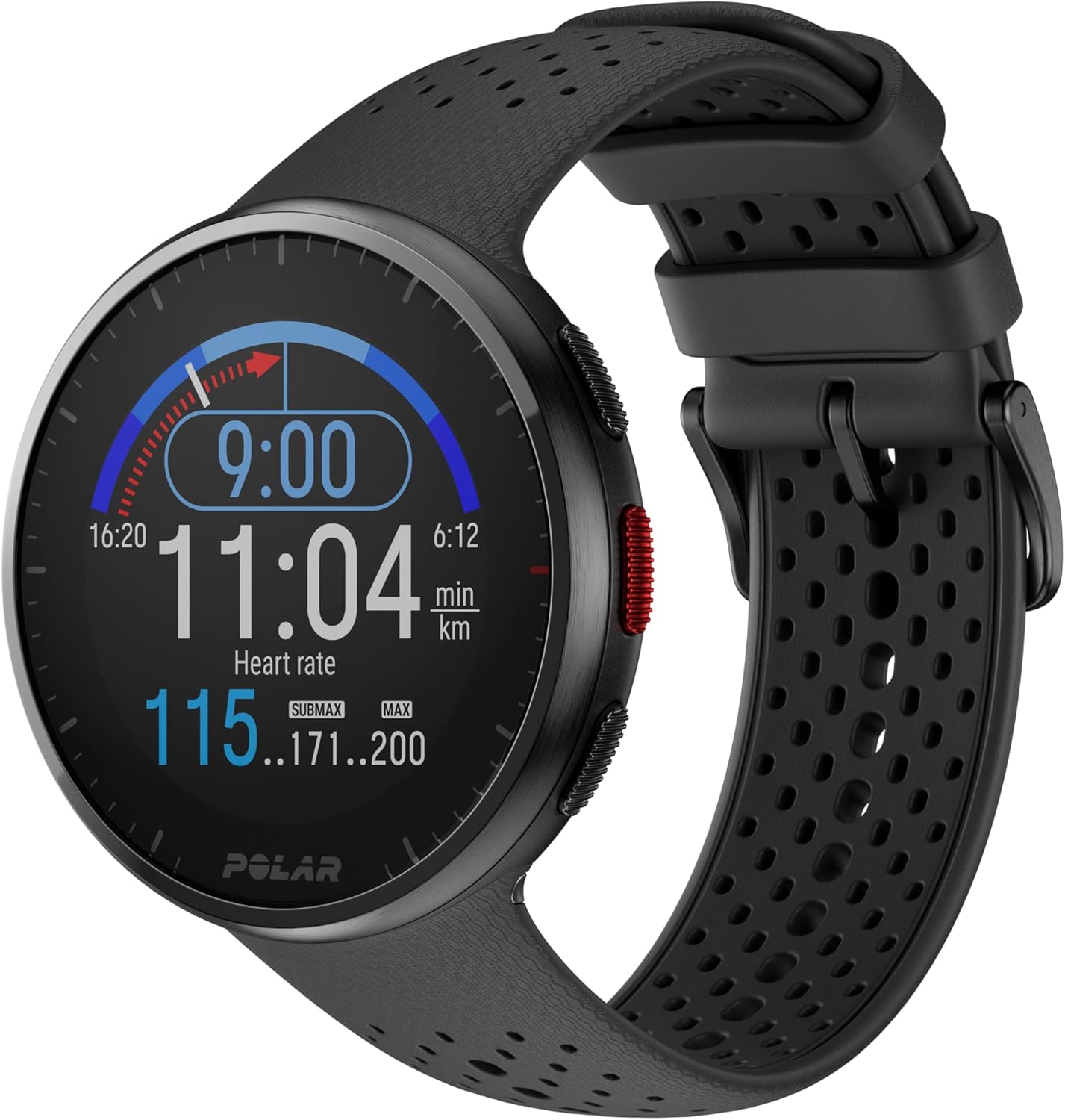Picking the right running watch isn’t just about tech specs or pretty screens—it’s about finding something that matches your rhythm. That’s what hit us the moment we started comparing the Garmin Forerunner 255 and the Polar Pacer Pro. We thought we’d be choosing between features. What we ended up doing was weighing two totally different running philosophies.
The Garmin feels like a lab on your wrist—layers of metrics, sensors, and training tools all packed into one tough little device. Meanwhile, the Polar takes a more focused route: smart, straightforward, and clean in its delivery. You don’t need a PhD in sports science to use it, but it still offers serious support.
So let’s run through what separates these two. Spoiler: it’s not just the buttons and battery life.
Design that favors the mission, not the mirror

Neither of these watches is here to flirt. They’re not trying to be the centerpiece of your outfit. What they do aim for, though, is clarity in sunlight, comfort on the wrist, and durability when it counts.
The Garmin Forerunner 255 opts for a 1.3-inch MIP display with 260 x 260 resolution, which works brilliantly outdoors. No squinting. Its polymer casing is light, rugged, and unapologetically athletic. The overall look? Pure function.
The Polar Pacer Pro shrinks the screen slightly to 1.2 inches, with a 240 x 240 resolution, but keeps the same pixel density. It doesn’t feel smaller in use, surprisingly. What gives it a tiny edge in aesthetics is the aluminum bezel, which breaks up the plastic body and adds a whiff of sophistication.
But where Garmin pulls ahead is choice. You get a 255S variant for smaller wrists, which is something Polar doesn’t offer. That detail alone makes a difference when you’re wearing a watch 24/7.
Both have thick bezels, both are 5ATM water resistant, and both use Gorilla Glass 3. No divas here—they’re built to train, not to dazzle.
Sensors: Garmin doesn’t just track—it analyzes
Now we’re in Garmin territory. The Forerunner 255 doesn’t just follow your heart—it wants to know why it’s beating that way.
With the Elevate v4 heart rate sensor, Garmin adds HRV tracking, all-day stress monitoring, SpO2 measurement, and even skin temperature insights. It’s a full physiological report, not just step counting. You also get a gyroscope, barometer, compass—basically, a full suite of sensors that’s ready for any scenario.
Polar’s Pacer Pro keeps things simpler: heart rate, altimeter, compass, GPS. That’s it. The Precision Prime sensor is solid, but it lacks the deeper health tracking. No pulse oximeter, no HRV data. That’s fine for straightforward running, but for anyone wanting recovery insights or daily stress data, Garmin wins hands down.
So if you’re the type who checks Body Battery every morning and HRV status before sleep? Yeah, it’s Garmin.
GPS that doesn’t get lost in the woods
Let’s be blunt: GPS quality separates the good watches from the great ones.
The Forerunner 255 includes All-Systems GNSS and Multi-Band GPS. That’s dual-frequency, multi-satellite tracking—the same kind of tech used in high-end outdoor gear. When you’re running through tall buildings or thick forests, Garmin keeps the signal tight and accurate.
Polar counters with assisted GPS using GPS, GLONASS, and GALILEO. It’s solid. Fast lock-on. Good for most runs. But it doesn’t have dual-band support, and it can struggle a bit in more challenging environments.
If route accuracy and consistency are non-negotiable, Garmin simply offers more confidence. You get the kind of pinpoint mapping that makes post-run data actually useful.
Battery life: who lasts longer?

Here’s where things get interesting. On paper, they’re neck and neck—but there’s a catch.
Garmin claims 14 days in smartwatch mode and 30 hours in standard GPS mode. If you turn on the Multi-Band GPS, you’ll chew through battery faster, sure—but even then, you’re still getting over a week without stressing.
Polar says 7 days of smartwatch life and 35 hours of GPS use, which sounds better for workouts. But—and this is key—the Pacer Pro drains faster with daily notifications, screen interactions, and syncs. We found ourselves reaching for the charger a little sooner than expected.
So if you’re logging long training weeks and don’t want to worry about the next charge? The Garmin is the more efficient long-hauler.
Smart features: one is a training tool, the other is a lifestyle upgrade
Neither of these watches is a smartwatch replacement—but one of them gets pretty close.
The Forerunner 255 supports Garmin Pay for contactless payments, music storage for up to 500 tracks, and has access to the Garmin Connect IQ store. That means widgets, custom data fields, and apps that expand its use beyond fitness. You also get things like a morning report, race countdown, and workout suggestions tailored to your calendar.
Polar strips it back. No payments. No music. No app store. You do get cardio load and recovery status straight on the watch, and yes, the interface is clean and distraction-free. But if you’re hoping for deeper integration into your daily digital life? Garmin clearly does more.
It’s like Garmin added just enough lifestyle flair to make the watch feel modern—without overcomplicating its athletic soul.
Training tools: depth vs direction

This is where things got tricky. Because both watches want to help you run better—they just go about it differently.
Polar Flow is intuitive. It gives you FitSpark for daily workout suggestions, Hill Splitter to break down ascents and descents, and Running Power for effort-based training. There’s also a neat Running Performance Test that adjusts your VO2 Max dynamically. It’s direct, visual, and easy to digest.
Garmin Connect plays in a deeper sandbox. You get PacePro pacing strategies, visual race predictors, performance condition alerts, and a race widget that links directly to your training plan. After each session, it calculates training effect, recovery time, and your predicted race performance. And all of this feeds into your long-term fitness level.
So if you want structured guidance without brain fog, go Polar. If you want absolute data control with room to obsess? Garmin’s the move.
Build quality: different materials, same mission
Both watches are made to take a hit, handle sweat, survive rain, and keep going.
The Forerunner 255’s fiber-reinforced polymer keeps it light but durable. It’s built for sport, no frills. The Polar Pacer Pro, with its aluminum bezel, adds a bit more visual polish—less “gym rat,” more “outdoor athlete.” But when it comes down to it, both are rated 5ATM and use Gorilla Glass 3.
You can throw either into a trail run, pool session, or muddy race—and neither will flinch.
Buttons only, because touchscreen sweat is the worst
We’ll never complain about button controls on a running watch. Both Polar and Garmin get this right.
The Forerunner 255 has five buttons, mapped logically, and with more custom options. You can tweak data pages mid-activity, control music, or scroll through widgets quickly.
Polar’s buttons feel slightly softer, a little more spaced out. Fewer customization options, but nothing confusing.
It’s the old-school feel we actually like. No smudges, no swiping while your fingers are shaking mid-tempo run.
Apps that tell you everything—or just what you need

Garmin Connect is a data playground. You get daily trends, recovery graphs, historical pacing charts, and custom workout builders. It’s a bit busy, but once you’re in, you won’t want to stop playing with the charts.
Polar Flow is cleaner. Fewer taps to get to the info you care about. You still get training load, sleep stats, and calendar plans, but it all feels a bit more human—less like a spreadsheet.
So, ask yourself: Do you want control, or simplicity? Because both ecosystems are excellent, just in very different ways.
So… who crosses the finish line first?
Look, we didn’t go into this thinking we’d crown the Forerunner 255 the winner, but at some point, the gap in features became too obvious to ignore.
It’s not just better—it’s broader. More sensors. Smarter GPS. Longer battery. More customization. Music. Payments. Advanced training tools. All while staying lightweight, reliable, and not demanding a touch screen to do its job.
The Polar Pacer Pro is still a great watch, and for runners who want structure without overload, it’s perfect. We liked it more than we expected. But once you start comparing line by line, it’s hard to argue against Garmin’s precision and completeness.
So yeah—the Garmin Forerunner 255 gets our vote. Not because it’s flashier, but because it’s ready for whatever the run throws at you. No excuses, no shortcuts, just the kind of gear that keeps you moving.


